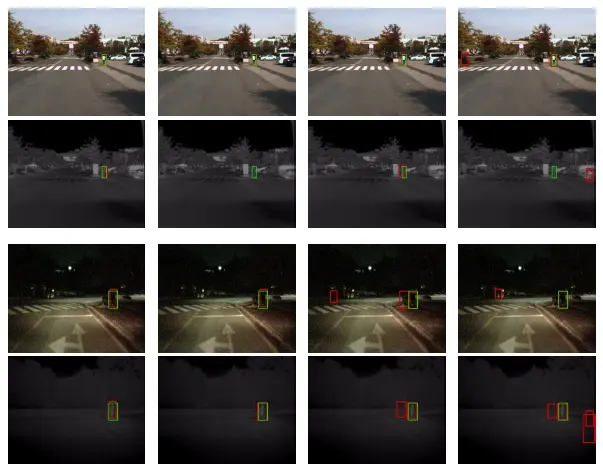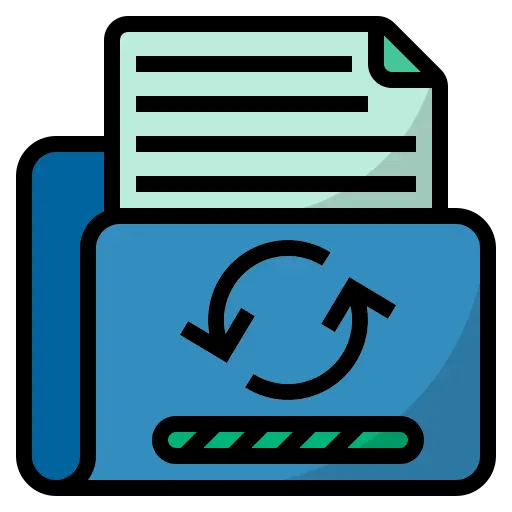Unsupervised thermal-to-visible domain adaptation method
for pedestrian detection
2 Enova Robotics, 4023, Sousse, Tunisie;

The architecture of the proposed thermal-to-visible domain adaptation for pedestrian detection. This adaptation is performed at different levels in the two phases of Faster R-CNN detector.
Highlights
- The proposed thermal-to-visible adaptive detector has the advantage to be trained on unlabeled thermal images.
- As far as we know, such unsupervised adaptation for detection is proposed for the first time in thermal and visible domains.
- The adaptation scheme consists of combining multiple feature alignments to cover different aspects of the domain shift.
- By means of tests, the domain adaptability of existing detectors is improved in thermal and visible domains.
Abstract
Pedestrian detection is a common task in the research area of video analysis and its results lay the foundations of a wide range of applications. It is commonly known that under challenging illumination and weather conditions, conventional visible cameras perform poorly and this limitation could be catered using thermal imagery. But, due to the fact that annotated thermal datasets are less available compared to the visible ones, in this paper we emphasis the need for leveraging information from the visible domain to perform detection in the thermal domain at no additional annotation cost. Precisely, we propose a domain adaptation method by incorporating feature distribution alignments into Faster R-CNN architecture at different levels and at two phases of the network. The resulting proposed adaptive detector has the advantage of covering different aspects of the domain shift in order to improve the overall performance. The proposed detector is evaluated on KAIST multispectral dataset and the obtained results demonstrate its effectiveness by improving the adaptability in the thermal domain. Also, by means of comparisons to other existing works, better results are obtained. Additional experiments are conducted on other datasets to further justify the obtained results.
Results
1. Qualitative results

2. Quantitative Results

Citation
@article{marnissi2021unsupervised,
title={Unsupervised thermal-to-visible domain adaptation method for pedestrian detection},
author={Marnissi, Mohamed Amine and Fradi, Hajer and Sahbani, Anis and Amara, Najoua Essoukri Ben},
journal={Pattern Recognition Letters},
year={2021},
publisher={Elsevier}}
Contact
If you have any question, please contact Mohamed Amine Marnissi at mohamed.amine.marnissi@gmail.com.
